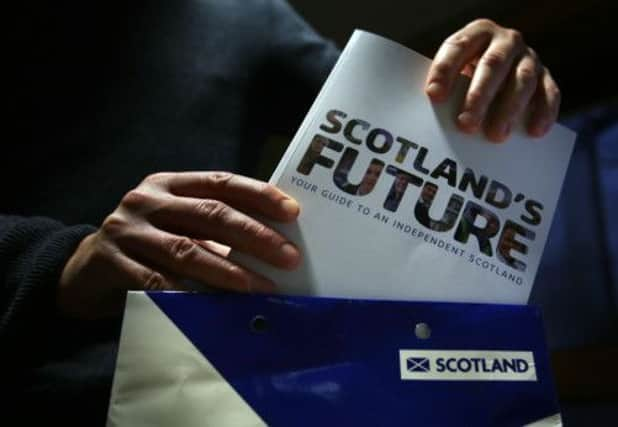Leaders: Salmond should admit EU difficulties


First Minister Alex Salmond may be convinced that the EU would wish an independent Scotland to be a member. He may even be correct in his assertion that Scotland may continue to be regarded as still being within the EU while negotiations are held on the terms and conditions of our membership as a separate state. But conviction and assertion are not the same as hard and fast constitutional fact.
And Mr Salmond’s assertions have now been challenged by comments this week from the Spanish prime minister Mariano Rajoy to the effect that, if a “region” opted to leave a member state, it would “remain outside the European Union”. It would then, he added, require the agreement of all 28 EU members before it was allowed to join. Now Mr Rajoy may have been speaking bluntly and loudly enough for Catalan nationalists to hear. But he speaks with the authority of the Treaty of European Union (TEU) behind him.
Advertisement
Hide AdAdvertisement
Hide AdNumerous voices have been raised in support of the premise that a region choosing to secede from a member state automatically ceases to be part of the EU. By no means have all of them had a direct involvement in the decision: José Manual Barroso, the president of the European Commission and Romano Prodi, his predecessor, have made unequivocal statements to the effect that a secessional territory would no longer be a member. Viviane Reding, commissioner in charge of justice and vice-president of the Commission, wrote to the Spanish government last year insisting that “Catalonia, if it seceded from Spain, could not remain in the European Union as a separate member”.
However, according to Articles 49 and 50 of the TEU, the EU Commission has no say in who ceases to be a member or becomes a member. This is entirely left to the European Council and the European Parliament. It is unlikely that, with Spain as a member, the council could unanimously agree to an accommodation of Mr Salmond’s wishes. And while he might invoke Article 48 of the TEU which provides for treaty amendment, any such change would require agreement “by common accord on the part of the representatives of the governments of the member states”. Here again, Spain may invoke a veto.
None of this immediately precludes Scotland becoming a full EU member. But Mr Salmond might have done better to admit of these difficulties in advance.
Meanwhile, on the other thorny issue of a currency union, Bank of England governor Mark Carney says he would welcome the opportunity to hold talks with the Scottish Government. Mr Salmond and colleagues would do well to accept this opportunity with alacrity, and get round a table with Mr Carney.
Fight lights not such a bright idea
Smart lights? What a bright idea. The City of Glasgow has boldly gone for a trial installation of a new generation of street lights that can detect fights and alert the police to disturbances, thus enabling officers to undertake swift responses.
The new smart lights will have sensors in their columns to record noise and movement. However, as with all innovative electronic devices, the introduction of new technology is unlikely to be without problems. The connectors may prove faulty. The sensors may prove over or under sensitive to immediate noise. And they may be unable to distinguish “problem” noise from that, say, of a disgorging bus or passing group of raucous ladies on a hen party night out.
But the greatest challenge is likely to be posed by the mischievous imagination of the city’s “neds”.
Who among them could resist the temptation to create an artificial fracas or disturbance simulation for the cheap thrill of waiting in an alleyway for the sudden arrival of squad cars and helmeted officers, descending in full force on a solitary street light with no-one in sight?
Advertisement
Hide AdAdvertisement
Hide AdLittle wonder the police may be awaiting their installation with little enthusiasm, fearful that the alarm lights will constantly flash on the station computers demanding instant response only for most of the “incidents” to be false alarms or malicious pranks.
The aims of the new street lights, part of a £24 million project to demonstrate how technology could improve city life, are noble enough. But this is Glasgow. And from now on, a fun evening out might not be complete without a spot of mischief at the expense of the city authorities.